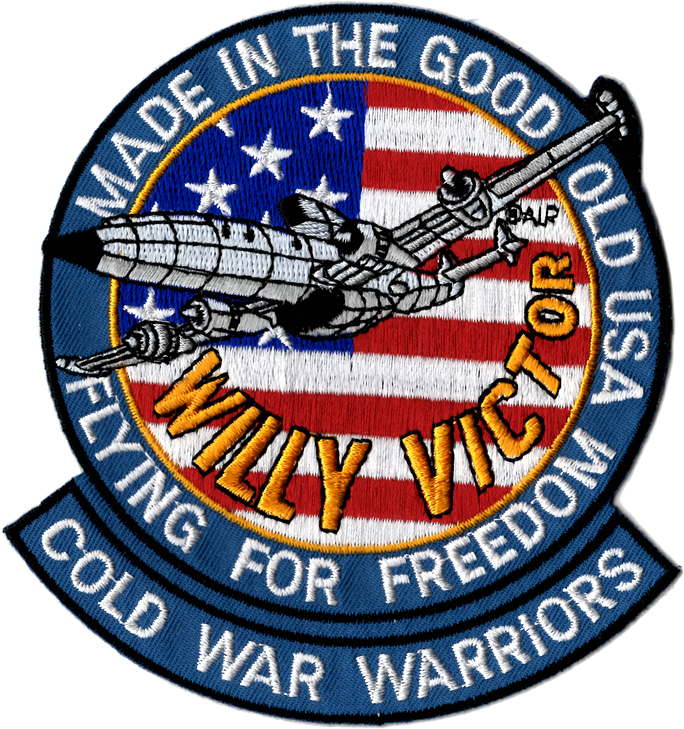Shipmates! Wayne Waters CDR USN(ret) This email address is being protected from spambots. You need JavaScript enabled to view it. "...DOB 4/19/19 at St. Louis Park, MN. Attended U of Minnesota.
In January 1941 enlisted in the Navy V-5 (flight training) Program at USNRAB Minneapolis. Underwent elimination flight training in N3N's at Minneapolis in March 1941. Having survived my first encounter with the Navy, in April 1941 I was sent to a personnel pool at NAS Jacksonville, Florida. This NAS had just opened and started flight training.
In May 1941 I was sent to NAS Pensacola, FL, designated an Aviation Cadet in Class 5C-41-PC. Primary training was at Saufley Field. Chose and was placed in multi-engined training. Other choices were Carrier aircraft training and VO/VS training (cruiser/battleship scouting). I had completed all flight training except for two navigation flights on December 7th. I received my commission and wings on December 15, 1941.
My orders were to proceed to an advanced training unit at NAS San Diego and upon completion report to the CO Utility Squadron Two (VJ-2). I got my advanced training 5 days later aboard a ship in a 5-ship convoy headed for Pearl Harbor.
On January 15 1942 I reported to the CO VJ-2 at NAS Ford Island. The squadron had about 8 J2F's and three PBY-1's. For you young buckos the J2F was a amphibian biplane equipped for landing on aircraft carriers, land or water. Tasks consisted mostly of inshore patrol, task unit and convoy air coverage, subarine escort and torpedo chasing, ship photos, target towing, delivering mail and pay to outlying units on other Hawaiian Islands, etc.
In November 1942 the squadron received three PBY-5A's (amphibians) and in January 1943 the squadron departed for the South Pacific on the way we found out that our destination was the New Hebrides Islands. The route south was Palmyra Island, Canton Island, Fiji Islands to Efate Island in the New Hebrides. Two detachments were located at Espiritu Santos and Noumea, New Caledonia. Headquarters remained at Efate where operations took place from Havana Harbor as there was no nearby field to operate from.
Each location had one PBY and one J2F. The J2F proved to be a very versitle aircraft as it could take personnel and/or equipment to remote island locations, land in the water and deliver or pick up whatever was required in a matter of hours. No other method of transportation could do that.
I was located at Bomber Strip Two on Espitiru Santos. There was a FABU (Carrier aircraft repair Unit) outfit located there so our detachmant pilots checked themselves out in various carrier aircraft that were awaiting overhaul. As a result of that we did extra duty picking up aircraft that were orphaned at various locations (TBM's at Fiji Islands) and delivered repaired aircraft F4F' to Guadalcanal). The F4F cockpit and landing gear was almost identical to that in the J2F's but had awful short wings. In addition to these two aircraft types we also flew SBD's.
In September we returned to the West Coast, USA (19 days on a liberty ship across the South Pacific alone), After 30 days leave I was assigned to Utility Squadron Seven (VJ-7) at NAS San Diego. Here the primary aircraft was newly acquired JM-2's (B-26's). In June 1944 the squadron deployed to NAS Ford Island, Pearl Harbor, TH. In February 1944 I departed for Aerology PG school at the Naval Academy, Annapolis, MD (one year course). In March 1945 I was assigned as Staff Aerological Officer to COMNATSASIA at NAS Agana, Guam, MI. In November 1947 I was assigned to the Naval Air Technical Training Unit, Lakehurst, NJ after 3 months TAD at the Instrument Flight School at NAS Corpus Christi, TX.
NATTU Lakehurst consisted of the parachute riggers school and the aerographers mates schools. My job was flying an R4D flying classroom for the aerographers mate schools and providing for graduation jumps for the parachute riggers. The R4D was the largest heavier-than-air craft at the NAS among many blimps and helicopters. In 1950 I was assigned to the General Line School at Monterey, CA for the one year course. Upon completion I was ordered to the seaplane tender, USS Pine Island (AV-12) which just happened to be at Iwakuni Japan, The Pine Island also operated from Buckner Bay, Okinawa and the Pescadores Islands in the Formosa (Taiwan) Straits.
The seaplane tender tasks were to operate a seadrome for seaplanes. In this case PBMs. My job aboard ship was Operations Officer. After 18 months I was ordered back to Fleet Air Wing One at NAS San Diego where I was placed in charge of the physical plant while the FAW deployed to the Western Pacific.
They returned in a year and I was ordered to NAS Widby Island, Washington as senior Aerological Officer. In August 1959 I received orders to Airborne Early Warning Squadron 12 (VW-12) at NAS Barber's Point, Hawaii.
A few months after reporting, VW-12, VW-14 and the VW maintenance squadron were combined into the Airborne Early Warning Barrier Squadron Pacific (AEWBARRONPAC). This was the largest aircraft squadron in the Navy with 36 WV-2's and 3 R7v's (Lockheed Super Constellations). The "Barrier" was a 1500 mile extension of the DEW Line that extended from the Aleutian Islands to Midway Island. Crews rotated from Barbers Point to Midway on a 15 day basis and flew the Barrier about every 18 hours. These were 15+ or- hour flights and ended right where they began at Midway Island. The goal was to keep 4 AEW aircraft airborne on the Barrier at all times. Every so often familiarization flights were made to emergency alternate airfields at NAS Adak, Alaska, King Salmon, NAS Kodiak, Alaska and Elmendorf AFB. After 3 years on the Barrier, I became the squadron XO and rarely flew the Barrier after that. I extended my tour for one year and then retired from the Navy on August 31, 1963..." [12AUG98]
